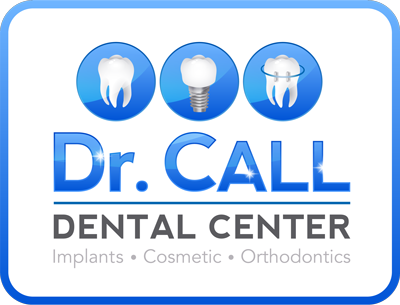
There are a handful of dental restorations that can be used to improve the appearance of your teeth, like composite bonding, veneers, crowns, dentures and implants. Each one of these restorations can be used to address multiple dental issues, and the length of time they last depends on a number of different factors, like the materials used to make them and how well you take care of your teeth.
When it comes to making dental restorations last, the most important thing is practicing good oral hygiene. Brushing twice a day and flossing once each day remains important even after getting work done.
Let us explore the restorations that dentists often use and their respective lifespans.
The most common dental restorations used by dentists
1. Dental bonding
Also called composite bonding, this is one of the most affordable restorations done by dentists. It can be used to deal with issues like stained and discolored teeth, cavities, deformed teeth and minor chips. During the treatment, the dentist will roughen the surface of the tooth being repaired with an etching solution. This is done to ensure the composite bonds securely with the patient's teeth.
The putty-like resin is then applied directly to the patient's teeth. It is molded into the desired shape and hardened with an ultraviolet light. Dental bonding can last up to five years with good oral hygiene. Dentists recommend getting a touch-up treatment once the composite begins to disintegrate.
2. Veneers
Veneers are tooth-like shells used to cover the front-facing part of a tooth. They are extremely thin and look just like real teeth when installed. Veneers can be made from zirconia, composites, porcelain or ceramic.
Veneers made from porcelain or ceramics tend to be stain resistant, but they are not as durable as those made from zirconia. When properly maintained, veneers can last for up to 15 years.
3. Crowns
Crowns are the most commonly used restorations by dentists. Crown help protect the enclosed tooth from further damage, stabilize it and restore its functions and aesthetics. Given its many functions, crowns can be used to deal with a variety of dental issues like stained teeth, broken teeth, discolored teeth and decayed teeth. It is also used in combination with other prosthetics like implants and bridges.
During the installation of a crown, the dentist will remove some parts of the tooth to make room for the prosthetic. This is done to make sure it fits well.
Once a crown has been installed, it can easily last up to 25 years with good oral hygiene. Some crowns can even last an entire lifetime.
4. Implants
Implants are one of the most effective ways to replace missing teeth. An implant is a metal rod that is inserted in the patient's jawbone. It is typically left there for six to seven months for osseointegration to take place. Once the implant has fused with the patient's jawbone, a crown is placed on its abutment.
Implants look and feel just like real teeth, and they can last a lifetime with good oral hygiene.
Thinking about getting a dental restoration? Set an appointment with one of our dentists today.
Let's get started …
Request an appointment in our Dalton dentist office here: https://drcalldental.com.
Related Posts
Help Protect Your Teeth with Dental Restorations
As you age, your teeth face challenges from numerous issues. Daily wear from chewing food or stress-related grinding, gum problems from bacteria build-up, and tooth damage from the foods and drinks …
Which Dental Restorations a Dentist Might Recommend
Dental restorations offer ways to preserve your teeth and take care of your oral health even when signs of decay begin to occur. A problem might start out as a very …
A Dentist Explains 3 Dental Restoration Procedures
If you have cavities or are experiencing fractured or missing teeth, you understand the need for dental restorations. However, it is more than just the appearance of your smile that is …
What Is the Dental Restoration Process for Dental Bonding?
When a tooth is chipped, cracked or discolored, a Dental Restorations procedure like dental bonding can help to restore the tooth. Dental bonding involves applying a tooth-colored composite resin to the teeth …



